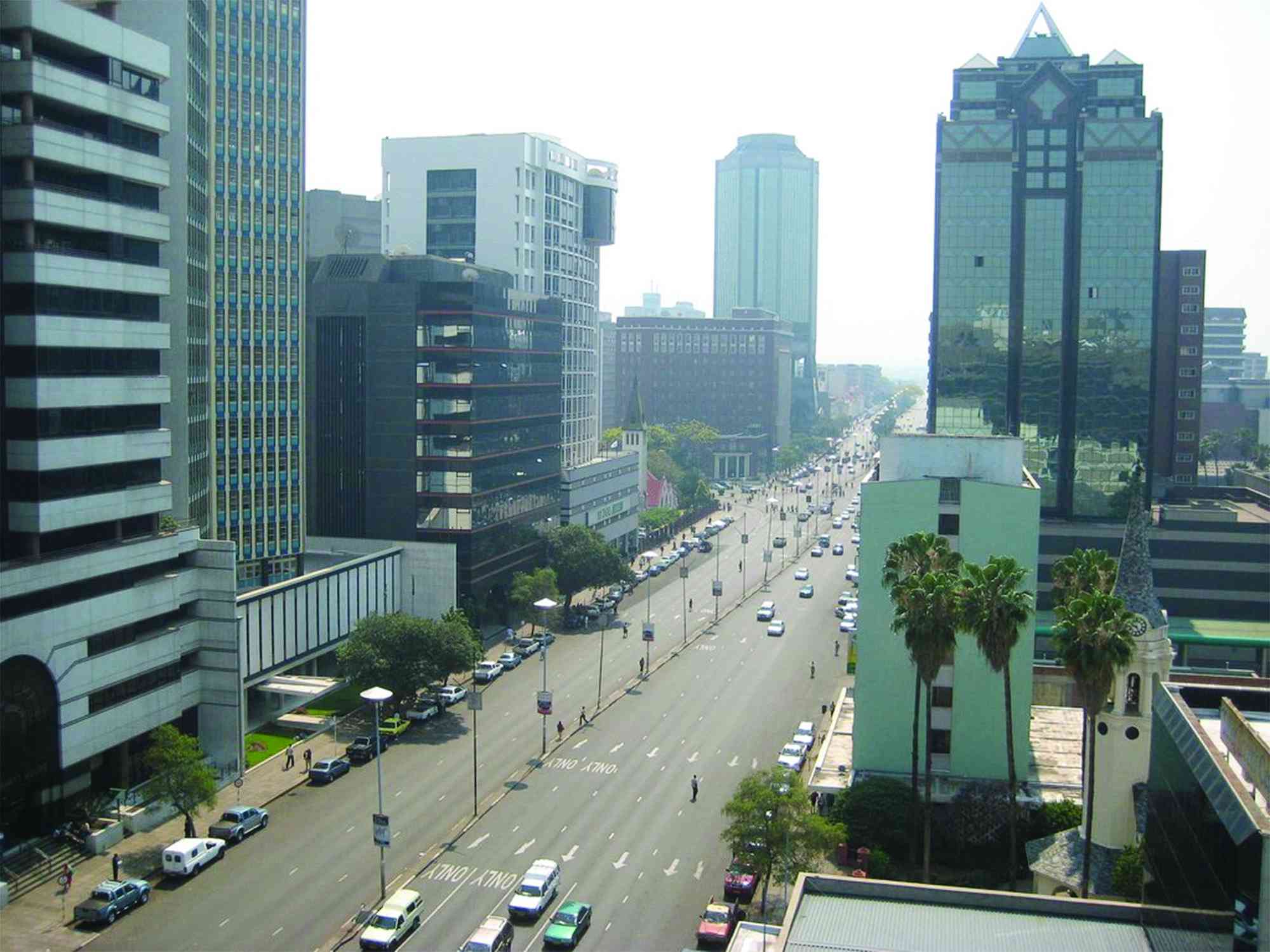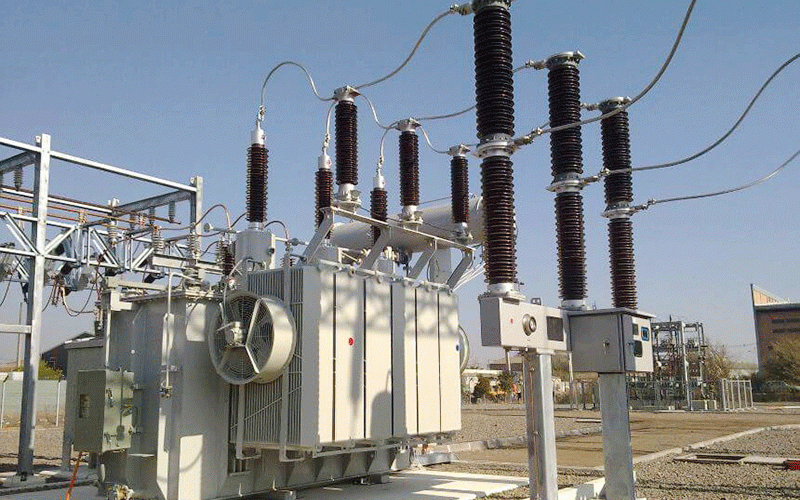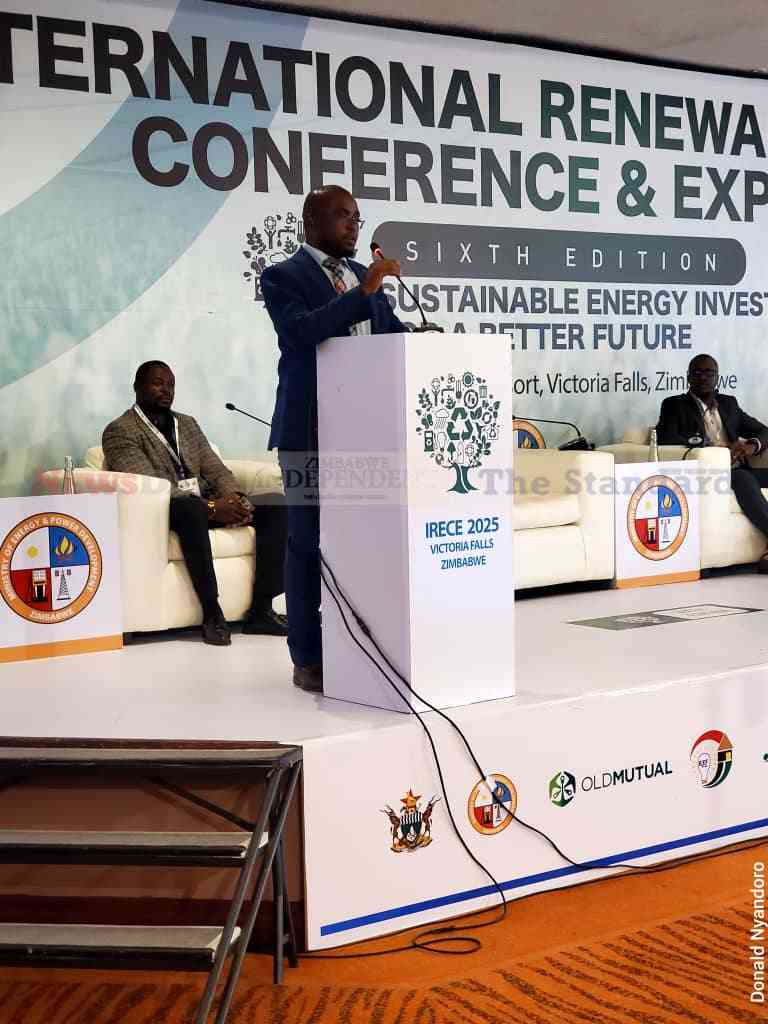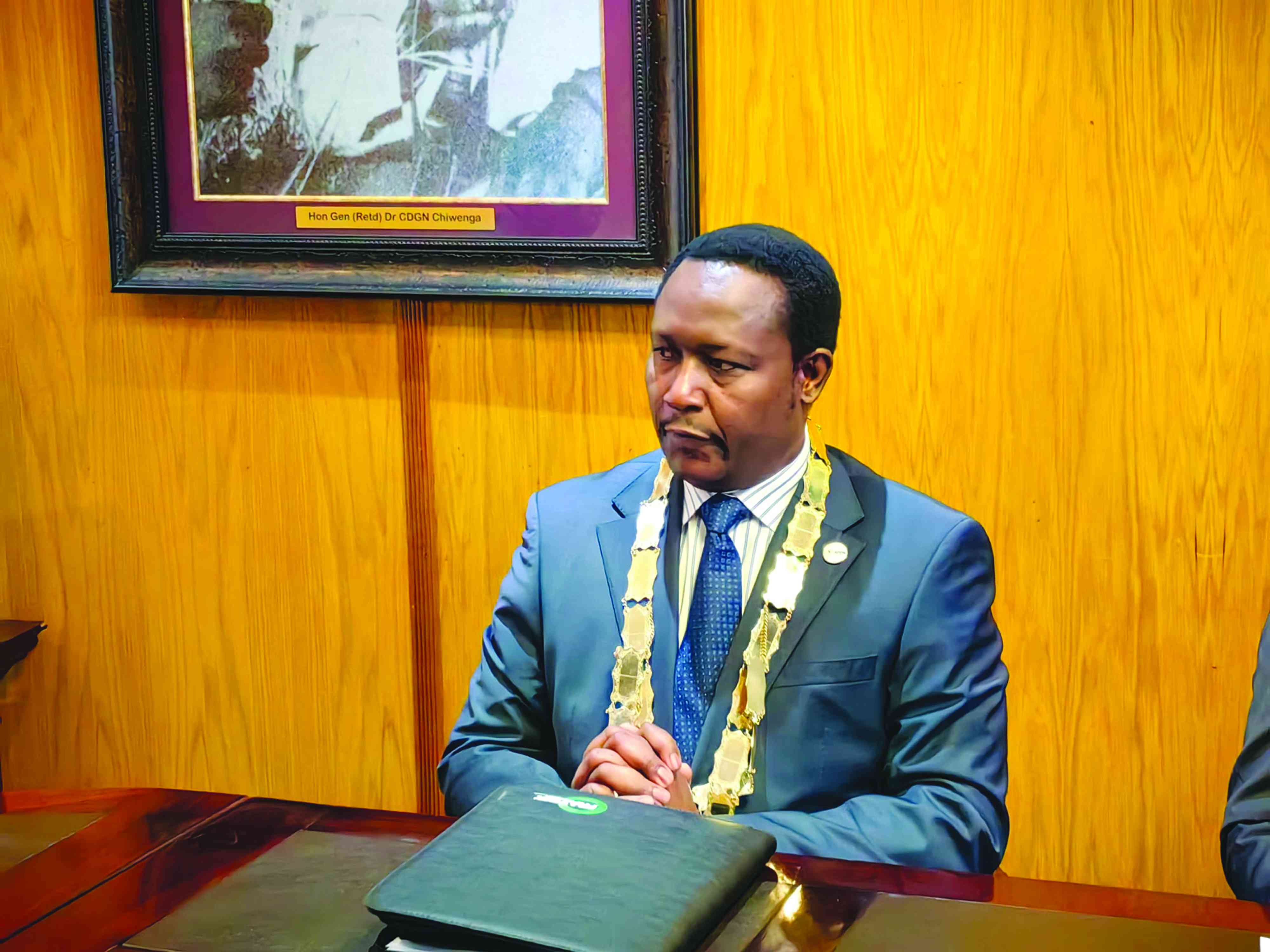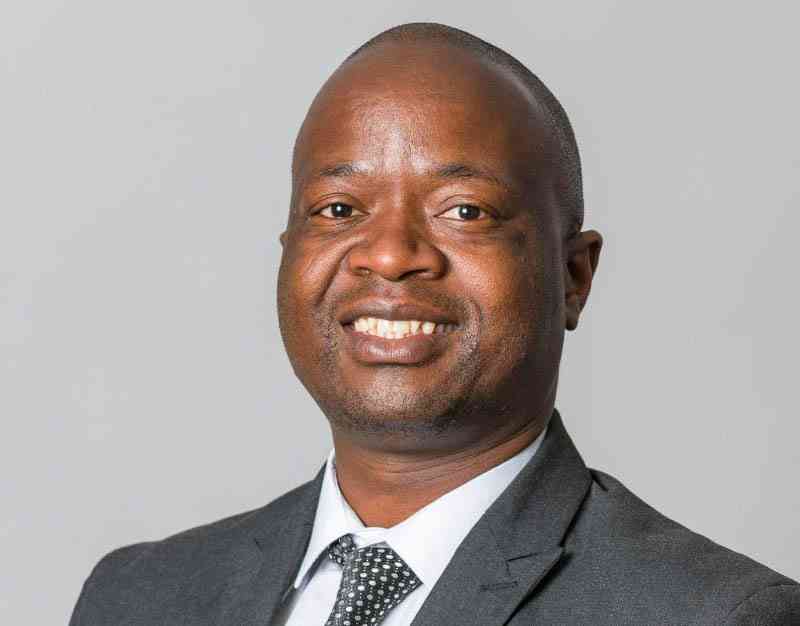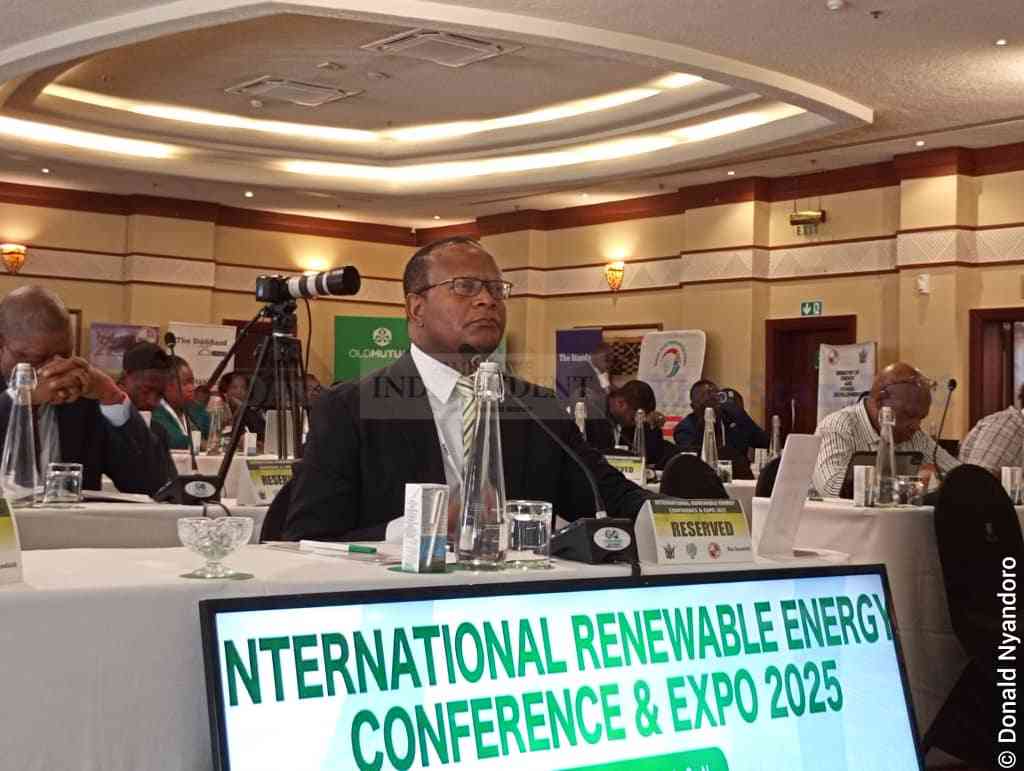
Zimbabwe faces significant challenges in financing renewable energy projects, according to Old Mutual Zimbabwe chief executive Samuel Matsekete. Speaking during a panel discussion at the International Renewable Energy Conference and Expo, Matsekete called for innovative solutions to address this gap, currently estimated at US$4,8 billion required for large-scale solar projects.
“To address the funding gap, we need to explore alternative options. Currently, our capital markets are limited, with a total value of around US$4 billion. This is evident in the Zimbabwe Stock Exchange and the banking sector,” Matsekete said. “To increase funding for renewable energy projects, we need to promote long-term savings and develop other financial products. We also need to enhance financial inclusion and promote the use of banking services.
By doing so, we can increase the pool of funds available for capital projects.” He noted that there is a need for banking institutions to negotiate favourable terms from foreign funders. “However, our current capital financing arrangements are inefficient. We need to negotiate favourable terms with foreign funders.
Without local participation, we compromise our negotiating leverage, and external funders dictate the terms,” Matsekete said. “We are fragmented in our approach to renewable energy projects, with multiple projects funded by different sources. This is suboptimal and not scalable. We need to think bigger and explore ways to pull resources together.” He said that there is a need to develop local capital markets, increase local participation, and create a favourable environment for investment in renewable energy to achieve the country’s targets and transition to a more sustainable energy future.
Speaking during the same panel, the European Union task manager Martin Zhou said Zimbabwe needs to continue to work on clearing its debt and arrears to access some international funding. “The Global Gateway Initiative is a major initiative of the EU to try and bridge the investment gap all over the world, US$300 billion globally, and US$150 billion to Africa to invest in huge, high-impact infrastructure projects, which include global investment.
For Zimbabwe, we only have one big constraint, in that the country has got a problem of debt and arrears,” he said.
“We are happy to say that there are some initiatives which are taking place to try and clear the debt, and then open the country to be able to receive this type of funding. So, the EU, in terms of renewable energy, is one of the biggest investors, or one of the biggest financiers. We also have what is called the European Fund for Sustainable Development, the EFSDF Fund, which is a fund also to support the implementation of renewable energy.”
He encouraged the private sector to engage international funders.
- News in depth: Zimbabwe’s push for shift to renewable energy sources gathers momentum
- News in depth: Zimbabwe’s push for shift to renewable energy sources gathers momentum
- No hope for Batoka 50 years on . . .Zimbabwe, Zambia just rotating around, says Gata
- No hope for Batoka 50 years on . . .Zimbabwe, Zambia just rotating around, says Gata
Keep Reading
“This fund is actually made to deal with the investment. Let us say that private investors want to come from Europe and they want to set up in this country, and they kind of fear that the country is high-risk, there is a de-risking fund that has been set by the EU,” he said.
“But even that, we are having some challenges as well, because the risk perception of the country is quite high, and sometimes the perception is more than what it is. It leaves it to the local private sector to act.”
The Zimbabwe Joint SDG Renewable Energy project coordinator, Marvin Matongo said the fund is set to impact on Sustainable Development Goals.
“The Zimbabwe Joint SDG Fund, which was formed in cooperation between Unesco and the government of Zimbabwe and Old Mutual gave us a catalytic funding of US$10 million that we got from the Unesco joint fund then the government is going to also put US$10 million in that fund,” he said.
“So, the idea was to have a sustainable source of funding for renewable energy developers and a sustainable vehicle for impact investors to be able to get into the Zimbabwe space.
“So, the idea behind it is also to impact SDGs. As you know, access to energy is part of the six decisions which are sort of like investment packages that ensure that all the other SDGs are also attained while we are also focusing on renewable energy. So we are saying to local investors: Come put your money into the Renewable Energy Fund.”

